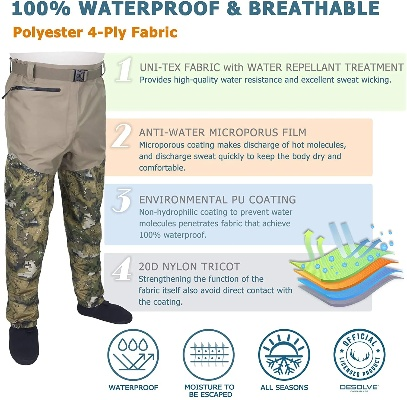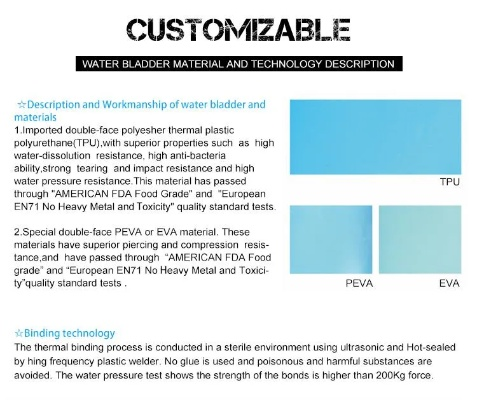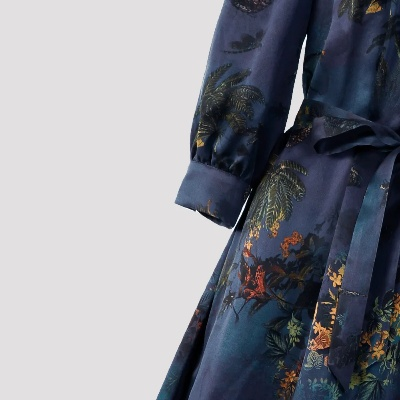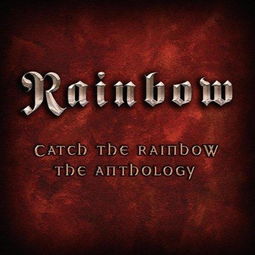The Multifaceted World of Water-Based Dyes in Textiles
Water-based dyes have become an integral part of the textile industry, offering a range of benefits including environmental sustainability, cost-effectiveness, and superior colorfastness. This paper aims to explore the multifaceted world of water-based dyes in textiles, discussing their applications and characteristics, as well as the challenges and opportunities they present for future development. The use of water-based dyes has been growing steadily due to concerns over chemical safety and environmental impacts associated with traditional solvent-based dyes. These dyes can be derived from renewable resources like natural dyes, which are often more sustainable and biodegradable, but also require careful selection and application techniques to achieve optimal results. Additionally, advancements in technology have led to the development of new types of water-based dyes, such as eco-friendly dye auxiliaries, that not only improve color intensity but also contribute to reducing environmental pollution. However, these dyes still face challenges related to their low solubility in water, which affects their applicability in complex fabric structures, and the need for specialized equipment and processes to ensure uniform distribution. Overall, the future of water-based dyes in textiles holds promise for innovation and sustainability, requiring ongoing research and development to fully realize their full potential.
In the textile industry, water is more than just a liquid; it's the lifeblood of color. From the vibrant hues on our favorite sweaters to the subtle shades on designer suits, water-based dyes play a crucial role in crafting textiles that not only look good but also perform well. In this article, we delve into the world of water-based dyes, their applications, and how they have revolutionized the textile industry. Let's start with an overview of water-based dyes.

Water-based dyes are synthetic pigments that dissolve in water to form colored solutions. Unlike traditional oil-based dyes, which require petroleum-based solvents, water-based dyes offer numerous advantages, including lower production costs, improved safety, and environmental sustainability. This makes them ideal for producing textiles for outdoor clothing, home textiles, and other applications where durability and longevity of colors are critical.
The process of applying water-based dyes to fabric involves several steps. First, the fabric is treated with a dispersant to remove any existing oils or fats that could interfere with the dyeing process. Then, the fabric is immersed in a bath containing the water-based dye solution. During this time, the dye molecules penetrate the fibers and bind to the chemical groups on the fiber surface, forming a permanent coloration. Finally, the fabric is rinsed thoroughly with water to remove any excess dye and then dried.
One of the key advantages of water-based dyes is their ability to create vibrant shades that mimic natural colors. This is particularly important in outdoor clothing, where colors can fade quickly under direct sunlight. Water-based dyes can provide a long-lasting, high-vibrancy look that lasts through multiple washings.
Another area where water-based dyes excel is in creating unique patterns and textures. These dyes can be used to produce silky, lustrous finishes that mimic natural fibers like wool and cotton. They can also be blended with other materials to create intricate patterns and designs that are both visually stunning and functional.
To showcase the versatility of water-based dyes, let's take a closer look at some examples from around the world. In the United States, there is a growing trend towards using eco-friendly water-based dyes for fashion brands like Patagonia and REI. These companies use water-based dyes in their clothing and accessories to reduce their environmental impact while still offering consumers high-quality products.
In Europe, the textile industry is also shifting towards sustainable practices. For example, the Danish textile giant H&M has committed to using only water-based dyes in all of its apparel by 2030, aiming to reduce waste and improve the environmental footprint of the industry. This commitment highlights the growing demand for eco-friendly textiles among consumers worldwide.
In Asia, water-based dyes are becoming increasingly popular in the home textiles sector. Many Asian countries rely heavily on agriculture and fishing, which means that textiles made from these raw materials often contain natural pigments. By using water-based dyes instead of traditional ones, manufacturers can produce colorful and durable products without compromising on environmental sustainability.
In conclusion, water-based dyes have revolutionized the textile industry by providing innovative and eco-friendly alternatives to traditional oil-based dyes. As demand continues to grow for sustainable and high-performance textiles, we can expect to see even more innovations in this field in the years to come. Whether you're a fashion designer, a home textile enthusiast, or simply someone looking to switch to eco-friendly options, understanding the benefits of water-based dyes is essential for staying ahead of the curve. So next time you pick up a beautiful piece of textile art, think about the science behind its vibrant colors and the positive impact it has had on our world.

水丹纺织品,以其独特的工艺和丰富的色彩,成为了现代纺织业的璀璨明珠,我们将以水丹纺织品为主题,探讨其在不同领域的应用和价值,我们将通过英文案例说明来进一步阐述其魅力。
水丹纺织品的特点与优势
- 天然材质:水丹纺织品主要采用天然植物纤维,如亚麻、竹纤维等,这些材质具有环保、透气、吸湿性好等特点,适合各种场合使用。
- 色彩丰富:水丹纺织品以其丰富的色彩而闻名,无论是鲜艳的红色、深邃的蓝色还是柔和的绿色,都能展现出独特的艺术美感。
- 高品质工艺:水丹纺织品在制作过程中注重细节和工艺,采用先进的纺织技术,保证了产品的质量和美观度。
水丹纺织品的应用领域
- 家居装饰:水丹纺织品在家居装饰中有着广泛的应用,可以用于窗帘、床单、毛巾等家居用品,其独特的色彩和纹理可以为家居增添一份优雅和自然的气息。
- 服装面料:水丹纺织品在服装面料领域也有着重要的应用,可以用于制作夏季衣物、运动服装等,其舒适、透气、吸湿性好等特点使得水丹纺织品成为时尚界的新宠。
- 艺术创作:水丹纺织品还可以用于艺术创作,如壁画、雕塑等,其独特的纹理和色彩可以为艺术作品增添一份独特的艺术美感。
英文案例说明
以某品牌的水丹纺织品为例,展示其在不同领域的应用和价值。
- 家居装饰:该品牌的水丹纺织品采用了天然植物纤维制作窗帘和床单等产品,其色彩丰富、质地柔软舒适,深受消费者喜爱,该品牌还注重产品的环保和可持续性,采用环保染料和工艺,确保产品的环保性和可持续性。
- 服装面料:该品牌的水丹纺织品在服装面料领域也有着重要的应用,其产品具有吸湿性好、透气性强等特点,适合各种场合使用,该品牌还注重产品的品质和工艺,采用先进的纺织技术,确保产品的质量和美观度。
水丹纺织品以其独特的工艺和丰富的色彩,成为了现代纺织业的璀璨明珠,其在家居装饰、服装面料等领域都有着广泛的应用和价值,随着人们对环保和可持续性需求的不断提高,水丹纺织品的应用前景也将越来越广阔。
Articles related to the knowledge points of this article:
Exploring the Global Trade Frontier:The Fabric of Innovation in Xian Textiles



